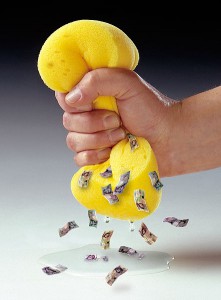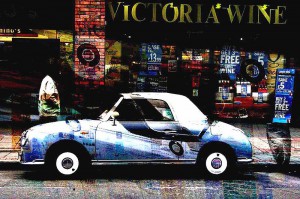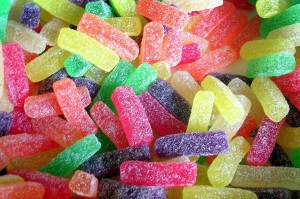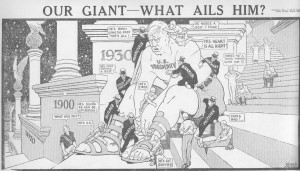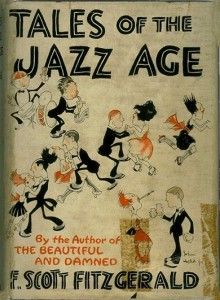When I came across Alex’s blog post, “Composition Evolution (Introduction)”. I agreed that certain components has been commonly used in many designs, and color is one of them.
As time moves on, the element of color upgrades to a higher, more widespread selections in the advertising field. This 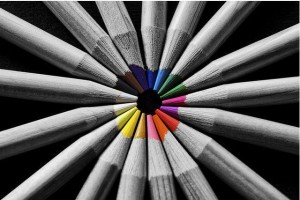 particular element was not put to use until the late 1950’s where everything was pretty much black and white only. How did the black and white world turn into an infinite amount of colors? Today, color is a very important element in our world. Take for example, the advertisement world revolves around the principles of attraction. Color is used as the key to attract consumers. Each color represents different meanings. Let’s start out with the basic RGB concept.
particular element was not put to use until the late 1950’s where everything was pretty much black and white only. How did the black and white world turn into an infinite amount of colors? Today, color is a very important element in our world. Take for example, the advertisement world revolves around the principles of attraction. Color is used as the key to attract consumers. Each color represents different meanings. Let’s start out with the basic RGB concept.
- Red is known for as a powerful color. It symbolizes energy, vigor, intensity and power. It is generally used for anything that is exciting or active. It is also a stimulus for arousal towards men and women. The color red is associated with both love and hate, and is the only color that can portray dynamic actions. A hot red chili will excite your taste buds as well encourage hyperactivity.
- Green is known for as a tranquil color. It symbolizes health and mostly nature. It happens to be the easiest color for the eye to see. Often of the times, green is used to represent the “right” choice. Recycling, helping the environment, and saving the planet, “Go Green!”.
- Blue is associated with purity as well as serenity. Deep shades of blue also signifies elegance and formality. It helps individuals concentrate, therefore it is often used to highlight the effectiveness of a product in terms of its ability to function smoothly. It is a refreshing cold color, hence the reason why most liquid products are adorned with blue.
 Color can sway thinking, change actions, and cause reactions. It can irritate or soothe our eyes, raise our blood pressure or suppress our appetite.
Color can sway thinking, change actions, and cause reactions. It can irritate or soothe our eyes, raise our blood pressure or suppress our appetite.
As a powerful form of communication, color is irreplaceable.
This is Shu Lin and thanks for reading.

